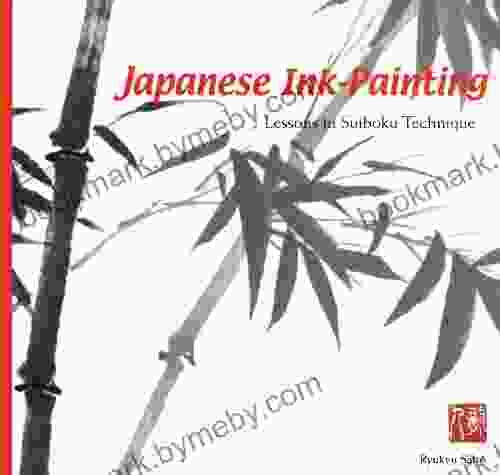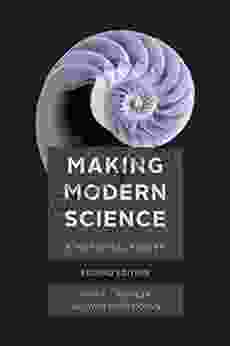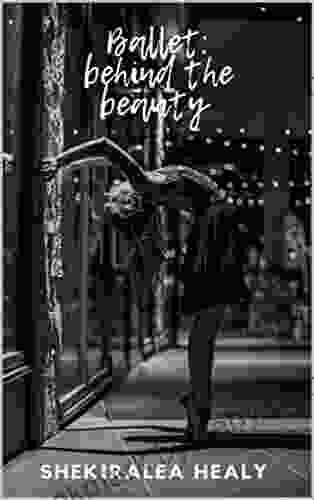Japanese Ink Painting Lessons: Mastering the Art of Suiboku

4 out of 5
| Language | : | English |
| File size | : | 3801 KB |
| Text-to-Speech | : | Enabled |
| Screen Reader | : | Supported |
| Enhanced typesetting | : | Enabled |
| Print length | : | 100 pages |
Immerse yourself in the serene and evocative world of Japanese ink painting with our comprehensive guide to Suiboku techniques. As you delve into this ancient art form, you'll discover the secrets of creating captivating works of art that capture the essence of the natural world.
What is Suiboku?
Suiboku, also known as Japanese ink wash painting, is a monochrome painting style that originated in China during the Tang dynasty. It uses black ink and water to create a range of tones and textures, capturing the subtle nuances of nature with elegant brushstrokes.
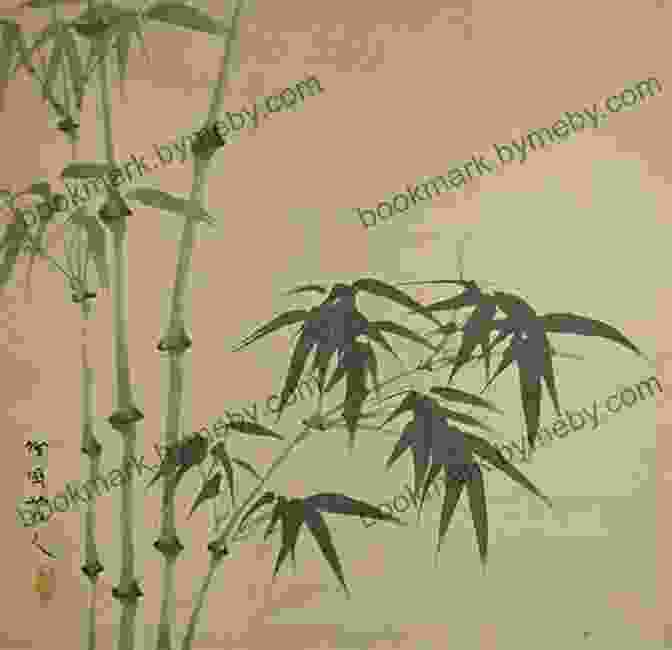
Materials for Suiboku Painting
To embark on your Suiboku painting journey, you'll need a few essential materials:
- Traditional Japanese brush: Choose a brush with soft, flexible bristles that allow for a variety of brushstrokes.
- Sumi ink: High-quality black ink is essential for creating rich, deep tones.
- Rice paper: The delicate nature of rice paper enhances the absorption of ink, creating beautiful washes and textures.
Basic Suiboku Techniques
Mastering Suiboku painting involves understanding and practicing a few fundamental techniques:
1. Controlling Ink Dilution
Varying the amount of water you add to the ink creates different shades and effects. Diluting ink with water produces lighter tones, while undiluted ink results in deep, saturated blacks.
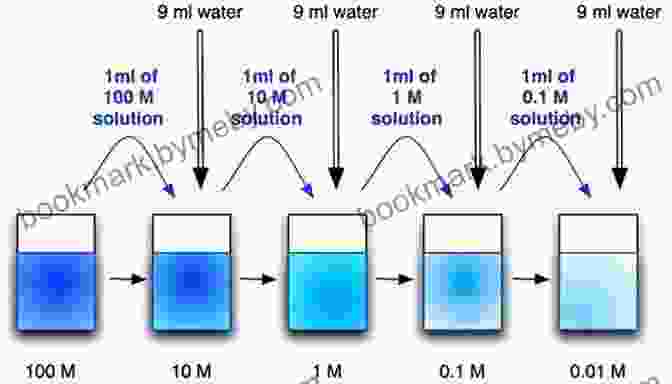
2. Brushstrokes
The type of brushstrokes you use can drastically alter the character of your painting. Experiment with different strokes, from soft and delicate to bold and expressive, to create a variety of textures and forms.
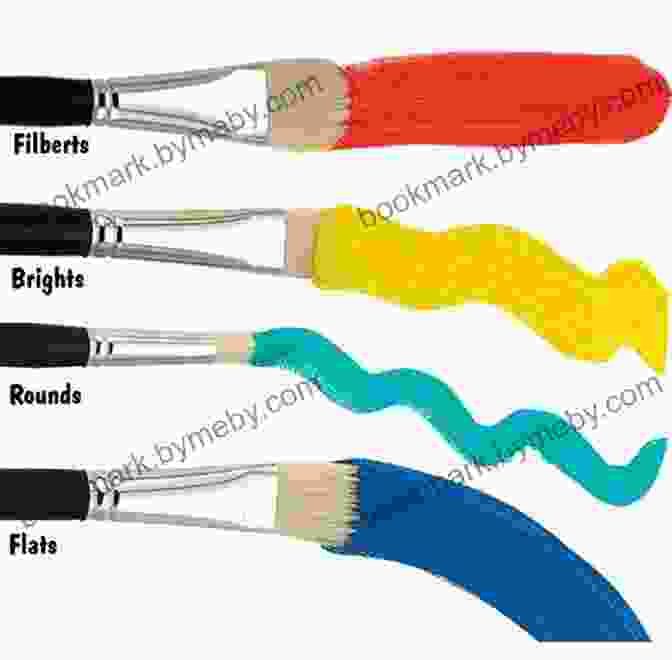
3. Wet-on-Wet Technique
Applying wet ink onto wet paper creates soft, ethereal effects. The ink tends to spread and blend, resulting in subtle washes and atmospheric landscapes.
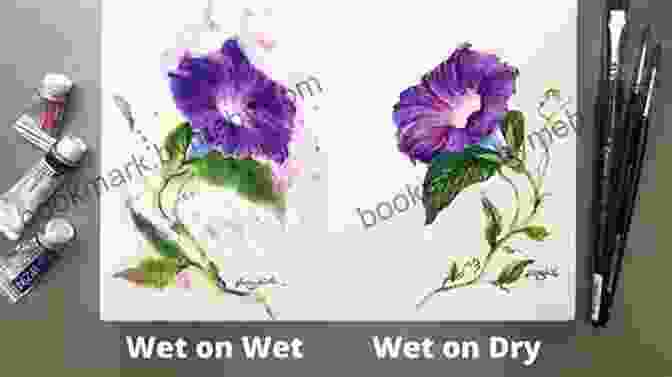
4. Dry Brush Technique
Using a brush with less ink allows you to create dry, textured effects. The brush gently deposits ink onto the paper, creating unique patterns and adding depth to your compositions.
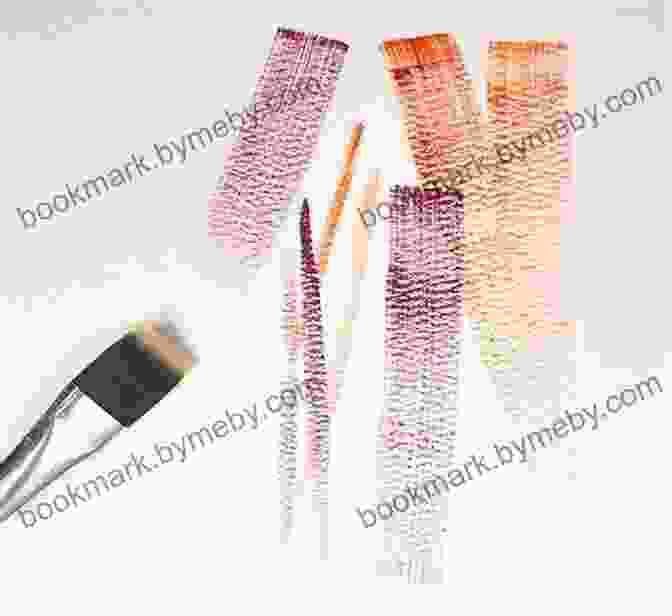
Step-by-Step Guide to Creating a Suiboku Painting
Follow these steps to create your first Suiboku masterpiece:
Step 1: Choose Your Subject
Nature is a common theme in Suiboku painting. Choose a subject that inspires you, whether it's a serene landscape, a delicate flower, or an expressive animal.
Step 2: Prepare Your Materials
Gather your brushes, ink, rice paper, and water. Dilute your ink to the desired shade and experiment with different brushstrokes on a separate piece of paper.
Step 3: Sketch Your Composition
Lightly sketch the basic outlines of your subject using a soft pencil. Keep your strokes loose and minimal, as excessive detail can distract from the fluidity of the ink.
Step 4: Apply the Ink
Start painting with a light wash of ink, gradually building up layers and tones. Use a variety of brushstrokes to create depth and texture. Experiment with wet-on-wet and dry brush techniques.
Step 5: Add Details and Finishing Touches
Once you're satisfied with the overall composition, you can add finer details and refine your brushstrokes. Use darker ink for accents and highlights to create a sense of balance.
Step 6: Mount Your Painting
Once your painting is complete, mount it on a piece of cardstock or silk using rice paste. This will protect your artwork and enhance its presentation.
Japanese ink painting is a rewarding and expressive art form that allows you to capture the beauty of the natural world with simple yet evocative strokes. By mastering the Suiboku techniques outlined in this guide, you can create stunning works of art that will bring you joy and inspire others.
Embrace the serenity and simplicity of Suiboku painting, and immerse yourself in the captivating world of Japanese ink.
4 out of 5
| Language | : | English |
| File size | : | 3801 KB |
| Text-to-Speech | : | Enabled |
| Screen Reader | : | Supported |
| Enhanced typesetting | : | Enabled |
| Print length | : | 100 pages |
Do you want to contribute by writing guest posts on this blog?
Please contact us and send us a resume of previous articles that you have written.
 Book
Book Novel
Novel Page
Page Chapter
Chapter Text
Text Story
Story Genre
Genre Reader
Reader Library
Library Paperback
Paperback E-book
E-book Magazine
Magazine Newspaper
Newspaper Paragraph
Paragraph Sentence
Sentence Bookmark
Bookmark Shelf
Shelf Glossary
Glossary Bibliography
Bibliography Foreword
Foreword Preface
Preface Synopsis
Synopsis Annotation
Annotation Footnote
Footnote Manuscript
Manuscript Scroll
Scroll Codex
Codex Tome
Tome Bestseller
Bestseller Classics
Classics Library card
Library card Narrative
Narrative Biography
Biography Autobiography
Autobiography Memoir
Memoir Reference
Reference Encyclopedia
Encyclopedia Jackie Hand
Jackie Hand James Creelman
James Creelman Jake Maddox
Jake Maddox Jacob Abbott
Jacob Abbott Lucille O Neal
Lucille O Neal Rajiv Sarma
Rajiv Sarma Robb Walsh
Robb Walsh Ken Colwell Phd Mba
Ken Colwell Phd Mba J Marin Younker
J Marin Younker Isa Milman
Isa Milman Katherine Hall Page
Katherine Hall Page Kate Swenson
Kate Swenson Robert L Forward
Robert L Forward James Chandler
James Chandler J R Roper
J R Roper Jacob Ward
Jacob Ward Jack Sturgess
Jack Sturgess Kim Olver
Kim Olver J D Netto
J D Netto Lane Diamond
Lane Diamond
Light bulbAdvertise smarter! Our strategic ad space ensures maximum exposure. Reserve your spot today!
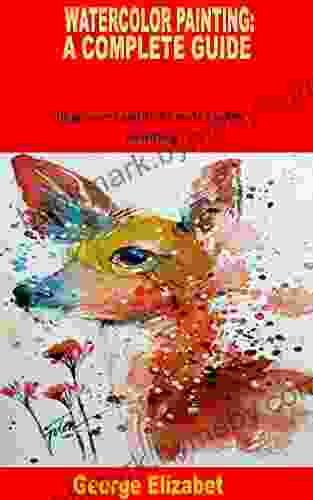
 Mitch FosterThe Ultimate Beginner's Guide to Watercolor Painting: A Journey of Creativity...
Mitch FosterThe Ultimate Beginner's Guide to Watercolor Painting: A Journey of Creativity...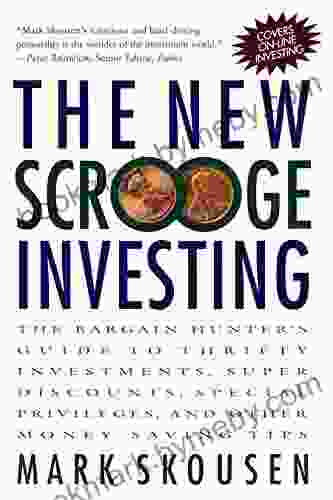
 Giovanni MitchellUnlock the Secrets of Smart Spending: The Bargain Hunter Guide to Thrifty...
Giovanni MitchellUnlock the Secrets of Smart Spending: The Bargain Hunter Guide to Thrifty... Samuel BeckettFollow ·7.3k
Samuel BeckettFollow ·7.3k Evan SimmonsFollow ·14.6k
Evan SimmonsFollow ·14.6k Jackson BlairFollow ·7.2k
Jackson BlairFollow ·7.2k Vernon BlairFollow ·3.6k
Vernon BlairFollow ·3.6k Charles BukowskiFollow ·13k
Charles BukowskiFollow ·13k Ivan TurnerFollow ·11.8k
Ivan TurnerFollow ·11.8k Fabian MitchellFollow ·9.6k
Fabian MitchellFollow ·9.6k Gus HayesFollow ·2.7k
Gus HayesFollow ·2.7k

 Phil Foster
Phil FosterThe Unforgettable Easter: Ramona's Journey of Discovery...
Embark on Ramona's Extraordinary Easter...

 Levi Powell
Levi PowellThe Old City and Mount of Olives: A Journey Through...
Jerusalem, a city etched into the annals of...

 Henry Hayes
Henry HayesThe Clearances: A Journey Through Scotland's Hidden...
In the 18th and 19th...
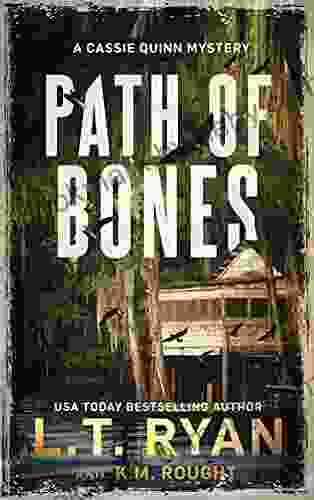
 Edward Reed
Edward ReedUnravel the Enigmatic 'Path of Bones' with Cassie Quinn...
Step into the...
4 out of 5
| Language | : | English |
| File size | : | 3801 KB |
| Text-to-Speech | : | Enabled |
| Screen Reader | : | Supported |
| Enhanced typesetting | : | Enabled |
| Print length | : | 100 pages |


